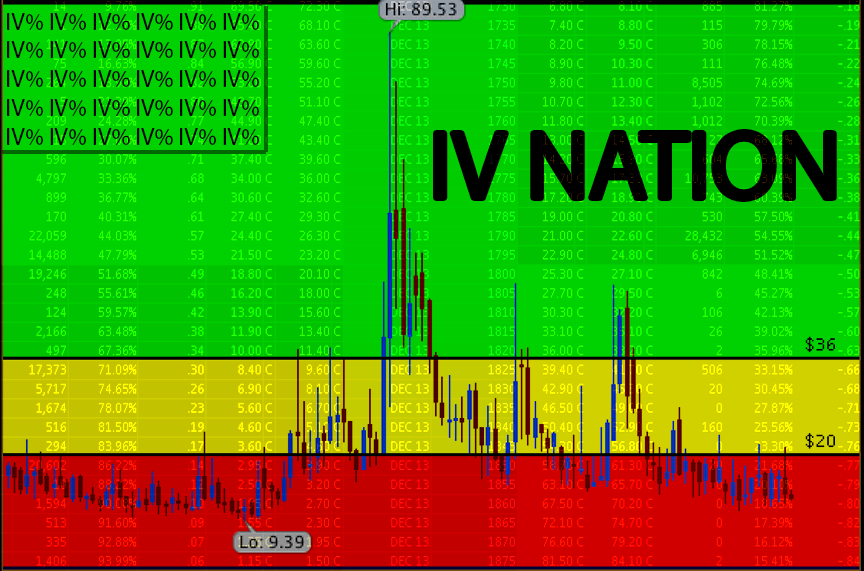There are six general terms used to describe market direction. The market terms bullish and bearish were assigned to market conditions based on how each animal was known to attack. A bull attacks by thrusting its horns in an upward motion, while a bear attacks with a downward swiping motion of the paw. Being bullish on a stock, or in the market in general, means you think it will increase. Conversely, being bearish means you believe the market will decline.
If you are actually investing in the market, you can either buy a stock and have a long position hoping the market goes up, or you could sell stock and be short, profiting on the margin if the market goes down. The latter is called short selling and allows investors to be profitable in a down market. To short a stock, you borrow it from another market participant and sell it in the market place. If, after you’ve sold it, the stock goes down, you can buy it back at a cheaper price and return it to the market participant you borrowed it from, while profiting from the margin.
Shorting a stock involves the same process employed to buy most stocks, but in the reverse. It is considered more risky to short a stock because of the unlimited upside risk, as opposed buying a stock that can only fall to zero. Over time, it tends to pay to be long or bullish, given the market’s slight but natural upward drift as a result of pensions, mutual funds, and 401Ks that cannot be shorted. Just remember the old stock market adage, "buy low and sell high" or "short high and cover low." Try not to get caught up in the hype, when a lot of people are making money really fast it could be a herd mentality and high risk.
Find more of my articles at www.top10beststockbrokers.com

